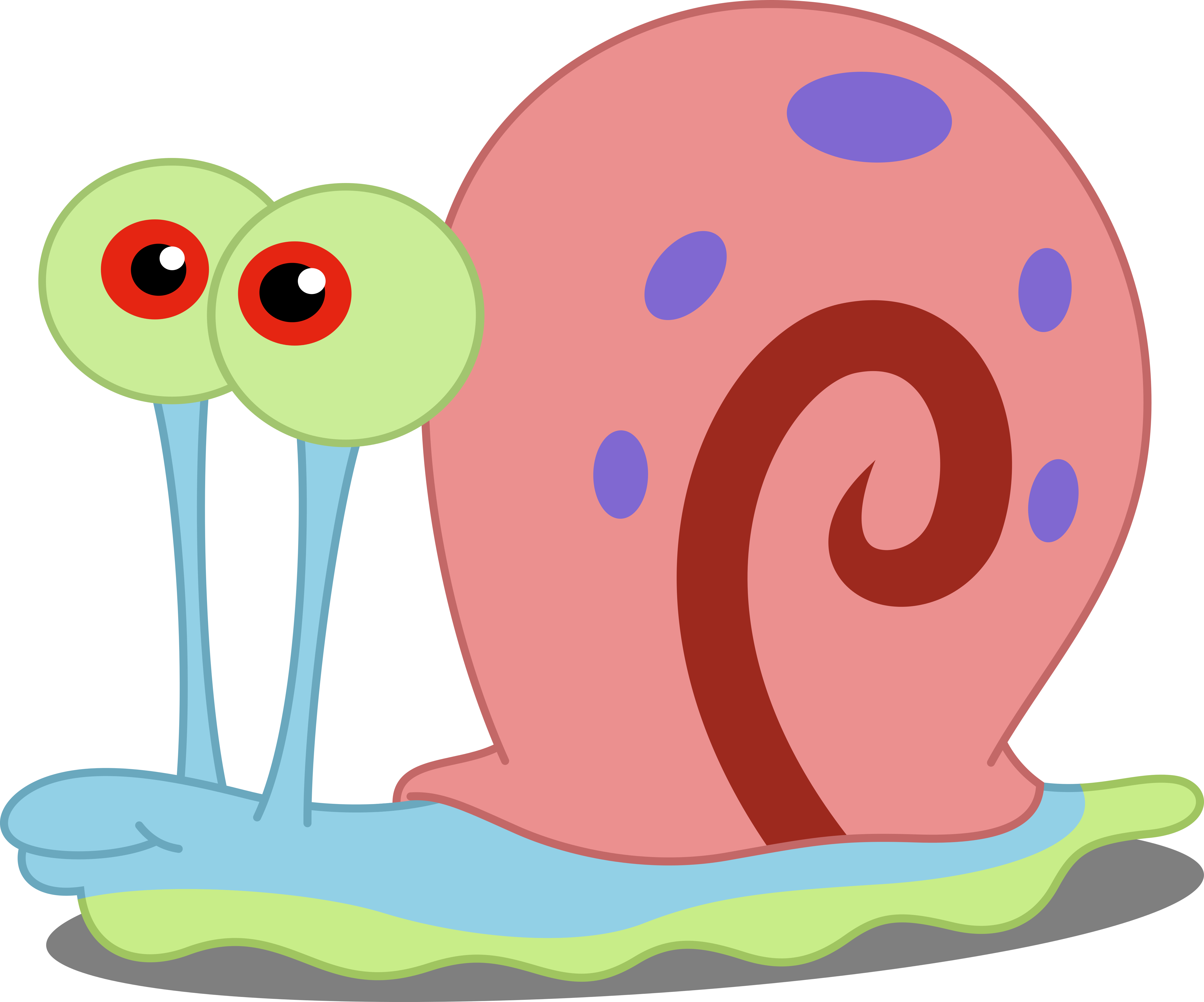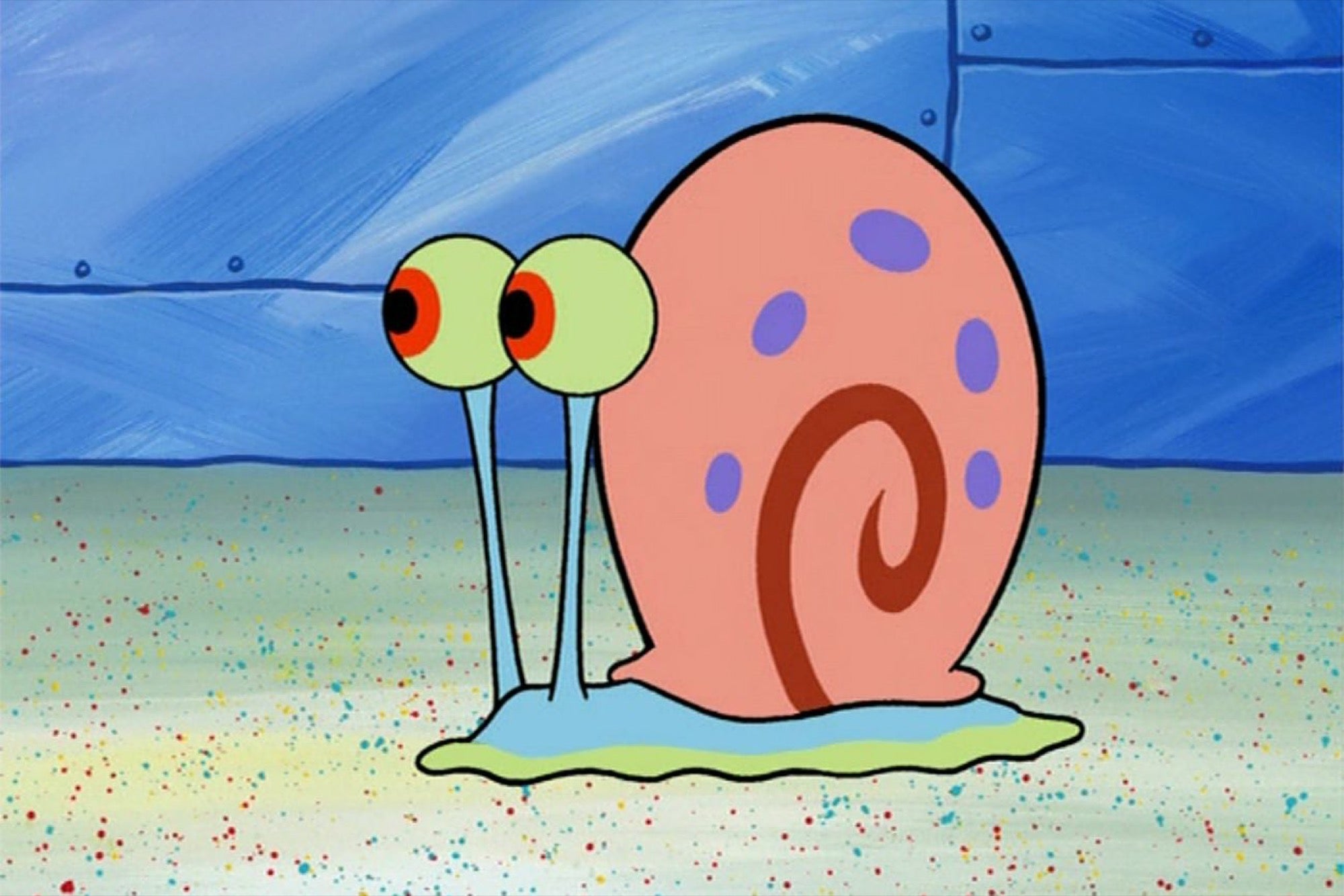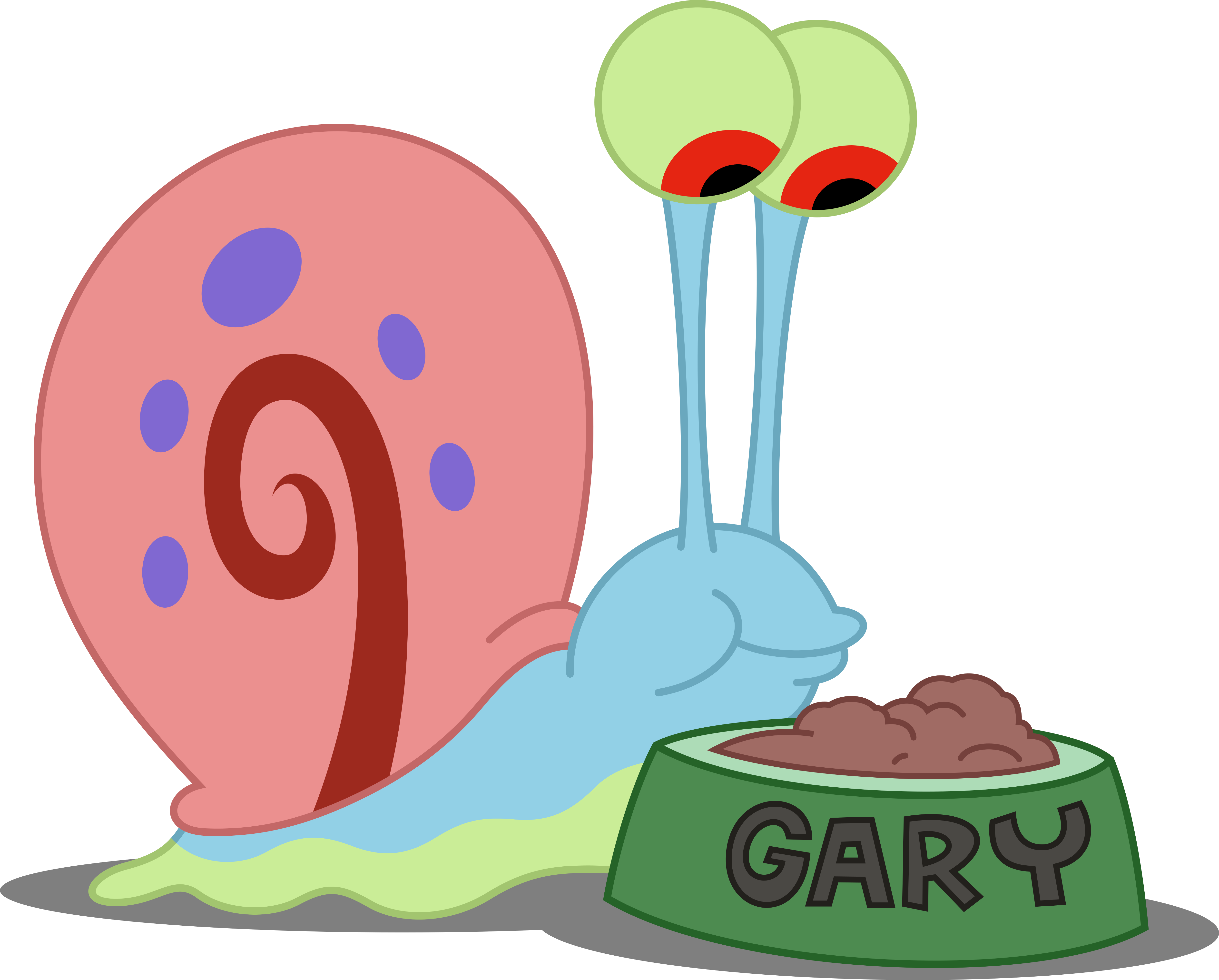Understanding Gary, Indiana: A Look At Its Past And Present Realities
Have you ever stopped to think about how a city can change so much over time? It's a rather fascinating, yet sometimes heartbreaking, thing to consider. For many, the phrase "gary indiana ghetto" brings to mind a picture of decline, a place that has seen better days. But what's the real story behind this perception? What truly happened to a town that was once a shining example of American industry? We're going to explore the journey of Gary, Indiana, from its prosperous beginnings to the challenges it faces today, and what that means for the people who call it home.
This city, so it seems, has a history deeply tied to heavy industry. It was, after all, home to a truly massive steel mill complex, one of the biggest in North America. For a long time, this mill was the very lifeblood of the community, providing jobs and a sense of purpose. But then, things began to shift, and the city started to experience some really tough times.
Today, Gary is a place that many people talk about, often with a certain sadness. It's a city that has faced a lot of hardship, losing many residents and struggling with various issues. Yet, there's always more to a place than just its struggles, isn't there? We'll try to get a fuller picture of what makes Gary, Indiana, the place it is right now.
Table of Contents
- The Birth of a Steel City: How Gary Came to Be
- The Industrial Heartbeat: U.S. Steel's Gary Works
- A City in Flux: Population Shifts and Economic Troubles
- The Perception of Decline: Why "Ghetto" Became a Label
- Life in Gary Today: A Sparse Suburban Feel
- Looking Ahead: Efforts for Renewal and Transparency
- Frequently Asked Questions About Gary, Indiana
The Birth of a Steel City: How Gary Came to Be
Gary, Indiana, was founded in 1906, a rather significant moment for the region. It's located along the southern shore of Lake Michigan, just about 25 miles southeast of downtown Chicago, Illinois. The city, in a way, was born out of a very specific purpose: to serve as an adjunct to a vast new manufacturing complex. This complex belonged to the United States Steel Corporation, and the town itself was named for Elbert H. Gary, who was the chief organizer of that huge company.
From its very beginning, Gary was designed as what you might call a "company town." This meant that its existence, its growth, and its very identity were deeply intertwined with the fortunes of the steel industry. For many years, this arrangement worked out quite well. People came to Gary for good jobs, for a chance at a stable life, and to be part of something big. The city, as a matter of fact, really thrived in those early decades, growing quickly and becoming a prosperous place.
It was a time when industry was booming across America, and Gary, with its strategic location near Lake Michigan and its massive steel operations, was right at the heart of it all. The very fabric of the community was built around the rhythm of the steel mill, and families often had generations working there. This created a strong sense of community, a shared purpose that, you know, defined the city for a long, long time.
The Industrial Heartbeat: U.S. Steel's Gary Works
The Gary Works, which is the largest integrated steel mill in North America, has truly been the city’s lifeblood. This enormous complex, situated in extreme northwest Indiana, has produced steel for countless projects, playing a really big part in the nation's industrial growth. For decades, the mill provided steady employment for thousands of people, offering good wages and a path to a comfortable life for many families. It's almost impossible to talk about Gary without talking about this incredible industrial giant.
The presence of U.S. Steel meant that Gary was a hub of activity, a place where people from all over came to find work and build a future. The sheer scale of the operations was something to behold, with massive furnaces, rolling mills, and a constant hum of production. This industrial activity shaped everything about the city, from its infrastructure to its culture. It was, in some respects, a city that worked hard and played hard, all centered around the demands of the mill.
Even today, Gary Works continues to operate, though perhaps not with the same employment numbers as its peak. It remains a significant employer in the region, a testament to its enduring role in the steel industry. But the global landscape of manufacturing has changed a lot, and that has, in a way, impacted the city that grew up around it. The mill is still there, a powerful symbol of Gary's past strength, but the world around it has shifted considerably.
A City in Flux: Population Shifts and Economic Troubles
The story of Gary, Indiana, took a really difficult turn after its peak in the 1960s. What happened, basically, was a combination of overseas competition and a major restructuring of the steel industry. This led to a significant loss of jobs, which had a profound effect on the city. When the jobs left, crime, you know, skyrocketed, and a huge portion of the population decided to move away. The city saw a population loss of 55% since its highest point, which is a rather staggering number.
This kind of economic downturn can really hit a community hard. Imagine a place where the main source of income suddenly dries up; it affects everything. Businesses close, homes become vacant, and the very spirit of the community can feel a bit broken. Gary, in a way, became a symbol of industrial decline in America, a place where the promise of a factory town turned into a struggle for survival. It was called “the most miserable city in America” by some, which, frankly, paints a very bleak picture.
The challenges weren't just about jobs, though that was a big part of it. The shrinking tax base made it tough for the city to provide services, and a cycle of decline set in. The dream of a prosperous steel town faded for many, replaced by the harsh realities of economic hardship and social issues. This period marked a really tough chapter in Gary's history, one that continues to shape its present circumstances and future prospects.
The Perception of Decline: Why "Ghetto" Became a Label
The term "gary indiana ghetto" often comes from the visible signs of this economic and social decline. When a city loses more than half its people, and crime increases, certain areas can become neglected, and poverty can become very widespread. This leads to a perception of an area being run down or impoverished, which is what the word "ghetto" often implies to people. It's a harsh label, but it reflects the struggles the city has faced, particularly in terms of abandoned properties and social challenges.
The reality is that Gary has many areas that show the scars of this past. Empty buildings, overgrown lots, and a noticeable lack of investment in some neighborhoods contribute to this image. For those who visit or hear about Gary, these visual cues often reinforce the idea of a city that has fallen on hard times. It's a complex situation, shaped by decades of industrial shifts and population exodus. This perception, so it seems, is a direct result of the city's economic history.
However, it's also important to remember that a label doesn't tell the whole story. While parts of Gary certainly face immense challenges, there are also communities within the city that are working hard, and residents who are committed to its future. The perception of "ghetto" is a powerful one, but it doesn't capture the full picture of the people who live there, or the efforts being made to bring about positive change. It's a simplification of a very, very complicated situation.
Life in Gary Today: A Sparse Suburban Feel
Today, Gary is a town in Indiana with a population of 68,604, which is a bit smaller than its peak, of course. It's still in Lake County, and interestingly, living in Gary offers residents what's described as a "sparse suburban feel." This means that while it's a city, it doesn't always have the dense, bustling atmosphere you might expect from a large urban center. Many residents, it seems, choose to rent their homes, which is a rather common arrangement in the area.
Despite its challenges, Gary does have some amenities that residents enjoy. For instance, there are a lot of coffee shops and parks scattered around, offering places for people to gather and relax. These spots, in a way, provide a sense of normalcy and community for those who live there. It's not all doom and gloom, as some might assume; there are everyday activities and places for people to enjoy their lives.
Residents of Gary tend to be liberal, which might surprise some given the industrial history of the region. This indicates a certain political leaning within the community, reflecting diverse viewpoints and a potentially progressive outlook. The city, as a matter of fact, is also adjacent to the Indiana Dunes National Park and borders southern Lake Michigan, offering some really beautiful natural surroundings for outdoor activities. This proximity to nature is, you know, a definite plus for many who live there.
Looking Ahead: Efforts for Renewal and Transparency
Can a company town that’s been called “the most miserable city in America” remake itself? This is the big question, isn't it? The city of Gary is definitely trying. There are ongoing efforts to bring about positive change and improvement. For example, there was a recent announcement about a new appointment to the Gary School Board, which suggests a focus on improving education for the younger generation. Such steps are, in a way, vital for a city's future.
The Gary Council, too, has been moving forward with a convention center funding plan. This kind of initiative aims to attract visitors and investment, potentially creating new jobs and economic opportunities for the city. It’s a sign that city leaders are looking for ways to revitalize the local economy and bring new life into the area. These efforts, you know, show a desire to move beyond the past and build a stronger tomorrow.
The city government is also committed to transparency and keeping its residents informed. They regularly provide updates on news and events that are important to the community. This focus on clear communication helps build trust and ensures that people know what's happening in their city. It’s a rather important part of any community’s ability to move forward and tackle its challenges head-on. You can find information here on our services, departments and programs. Learn more about our city's journey on our site, and for more on local initiatives, you can link to this page our community projects.
The path to renewal is a long one, and it's full of challenges. But there are people in Gary who are working hard to make things better, to overcome the difficulties of the past, and to build a more hopeful future. It's a story of resilience, of a community trying to redefine itself after significant setbacks. For more on urban renewal efforts, you might want to check out resources from an urban studies institute.
Frequently Asked Questions About Gary, Indiana
People often have questions about Gary, Indiana, especially given its reputation. Here are some common inquiries:
What is Gary, Indiana, known for?
Gary, Indiana, is widely known for its historical connection to the steel industry, especially U.S. Steel's Gary Works, which was once the largest steel mill complex in North America. It's also, in a way, recognized for its significant population decline and economic challenges that started after its peak in the 1960s, leading to a perception of urban decay and high crime rates. The city's founding as a "company town" is also a rather notable aspect of its history.
Why did Gary, Indiana, decline?
The decline of Gary, Indiana, can mostly be attributed to a combination of factors, primarily overseas competition in the steel industry and a major restructuring of that industry. This led to a substantial loss of manufacturing jobs, which, you know, caused a mass exodus of residents. As jobs left, the city's tax base shrank, and crime rates unfortunately increased, further contributing to its struggles and population loss of over 55% since its peak.
Is Gary, Indiana, trying to improve?
Yes, Gary, Indiana, is actively engaged in efforts to improve and revitalize the city. The city government and local organizations are working on various initiatives, such as planning for a convention center to attract investment and making new appointments to the school board to focus on education. There's also a commitment to transparency and keeping residents informed about ongoing news and events, all aimed at building a better future for the community, so it seems.

Vector #674 - Gary #2 by DashieSparkle on DeviantArt

Elon Musk Introduces His Pet Snail 'Gary' at an L.A. Event to Tout His

Vector #672 - Gary by DashieSparkle on DeviantArt